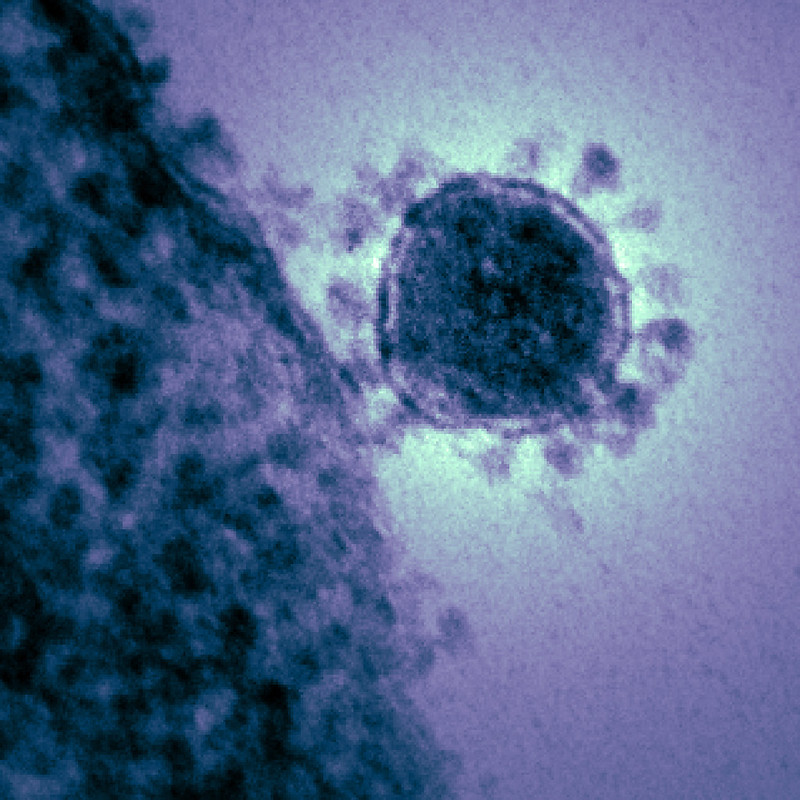The United Arab Emirates (UAE) reported a MERS-CoV infection in a 28-year-old man from outside the country who is living in Al Ain, a city near the border with Oman, but it's not clear how he contracted the virus, the World Health Organization (WHO) said in a statement today.
In the first week of July, the man sought care at a private medical center multiple times for vomiting and right flank pain. On July 8, he was hospitalized for gastrointestinal symptoms and was initially diagnosed with acute pancreatitis, acute kidney injury, and sepsis.

When his condition worsened, he was admitted on July 13 to an intensive care unit at a government specialty hospital, where he was placed on mechanical ventilation. His conditioned deteriorated, and a nasopharyngeal swab collected on July 21 was positive for Middle East respiratory syndrome coronavirus (MERS-CoV).
So far, it's not known how he contacted the virus. The man has no underlying health conditions, is not a healthcare worker, and had no contact with camels or camel products. Monitoring of 108 contacts for a 14-day period revealed no related infections.
The UAE reported its last case in November 2021 and has now reported 94 cases. Globally, 2,604 cases have been reported, at least 936 of them fatal, since 2012.
The WHO said since the source of the patient's virus is unclear, genetic sequencing of the sample is under way to help assess if there is any unusual pattern and assist health officials in making a risk assessment.













